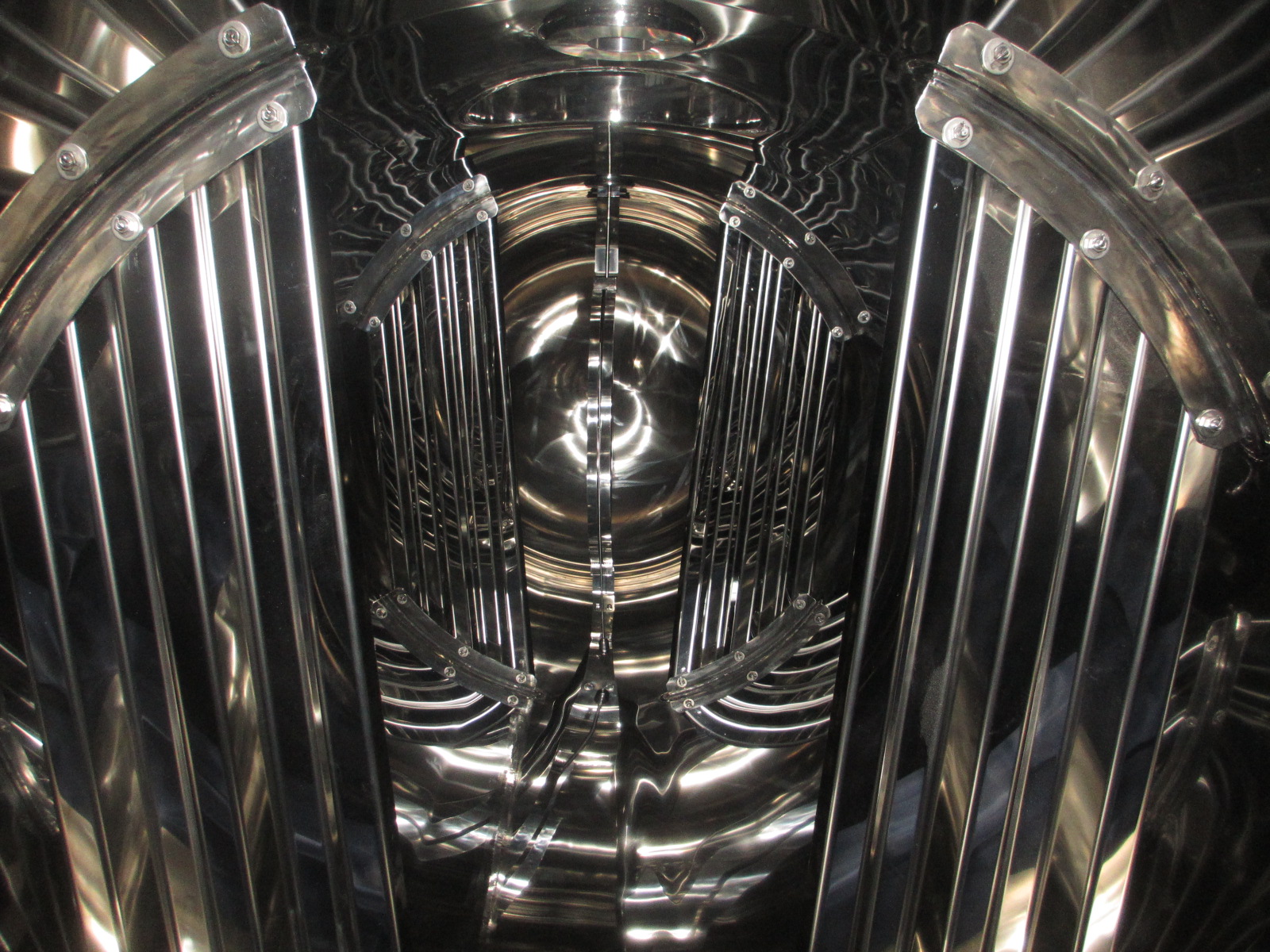
Odorant Storage Vessel Considerations


Tansley Technical Series #2 - Odorant Storage Vessel Considerations
We have decided to Install a New Odorant Storage Vessel, now what?
Odorant is a substance known for its high odor and is used to place a distinctive smell into normally odorless natural gas and propane. While it is not normally considered dangerous to humans, it is flammable and liquid odorants can be toxic to marine life. Odorant is stored in pressure vessels for use in odorization equipment. In some cases the odorization equipment is also the storage vessel.
Odorant Vessel Design Considerations
An odorant storage vessel is not a tank, but rather a pressure vessel and will be regulated by the local authorities as such. Knowing and following the regulations and requirements for your area is important to result in a quality installation.
While odorant is flammable, its high odor should also be considered. A small spill of liquid odorant or a small vapor leak can result in odor calls from extended distances and larger releases may result in significant clean-up costs and public concerns. With this in mind any odorant storage vessel design should incorporate reductions in the chance for a liquid spill or vapor leak and to minimize any possible release should one happen.
Tansley recommends that bottom valves and connections be avoided. Tansley has observed that leaks from bottom valves are the most severe and can often be caused by moisture collecting there and freeze-thaw cycles weakening the seal. Top connections should be supplied for loading the vessel, pressure management, measurements and a dip tube must be available when it comes time to move, filter or remove product from the vessel. To avoid cross flow of droplets in the vapor during filling, avoid placing vapor and liquid load connections close to each other unless the liquid connection has a dip tube.
Any valves, pressure control devices, gauges, fittings or equipment should be made of materials and have floats, seats and seals that are compatible with odorant. If you have any questions about a material’s odorant compatibility please contact Tansley and we can reference our Engineering Department’s ever expanding list of compatible and incompatible materials. Threaded fittings should be installed utilizing teflon tape and teflon grease. Threaded fittings should not be overtightened.
Vessel Placement and Installation Considerations
Though leaks from odorant storage vessels are rare, it is not that hard or expensive to put in engineering controls to mitigate a spill.
Odorant does expand with heat which will result in fluctuations in the pressure of the vessel. These fluctuations can result in vessel breathing (see Technical Series 001). To combat this Tansley recommends that the vessel be painted white and placed in the shade when possible. It is possible to have the vessel inside a cool building, but it is not generally required to do so.
Should an liquid odorant leak occur from an odorant storage vessel, Tansley has observed that the leaks will generally stay near the surface except where the odorant encounters a piling which will draw the odorant into the ground greatly increasing the complexity and cost of the spill clean up. Tansley recommends that when possible to avoid pilings or designing pile “shields” to avoid a leak following the piles into the earth. Please note that piles from nearby buildings, above ground piping supports and cable trays are also a concern. We recommend that any odorant storage vessel be located away from any piles.
The odorant storage vessel is a pressure vessel, that means that there is a high likelihood that any vapor or liquid leak is actually in the form of a spray which can send the odorant a great distance from the vessel. In most jurisdictions there is no requirement to install secondary containment for pressure vessels, however some companies decide to put in secondary containment. If secondary containment is installed, Tansley recommends that the vessel be contained within a building. This will keep rainwater out of the secondary containment and allow the best chance to contain any spilled liquid as it sprays from the pressurized odorant storage vessel.
The odorant storage vessel site can also be prepared to mitigate any spill and facilitate a quick and efficient clean up by putting down a packed clay base sloped to a collection point. The clay base can then be covered with a suitable geotextile fabric which is then covered with crushed gravel and the odorant vessel installed on top of the gravel. Should a spill occur this will limit the depth that the odorant will go into the ground and make the spill clean-up easier. If a spill does occur, Tansley is available 24/7 to help, just call our toll free number 1-888-213-5838.
Vessel Commissioning Considerations
New odorant vessels should be inspected to ensure they are clean and there is no residual free water. Free water must be removed. If during the inspection excessive interior rust is discovered consider an acid wash to remove the rust as it will react with the odorant. The odorant storage vessel should be purged with nitrogen or natural gas to reduce the amount of oxygen and water vapor contained in the vessel.
A final leak test must be completed before the odorant vessel is filled with odorant.
Always use a quality odorant as inferior odorants can cause fouling of valves, gauges and equipment. Never fill an odorant vessel above 80% full to allow for odorant expansion.
Conclusion
The design, installation and commissioning of an odorant vessel has specialized considerations as compared to storage tanks or other pressure vessels. Using the above information should make the process more successful.
If you have any odorant concerns or questions, we would be pleased to talk to you. Call 403.569.8566














.JPG)
